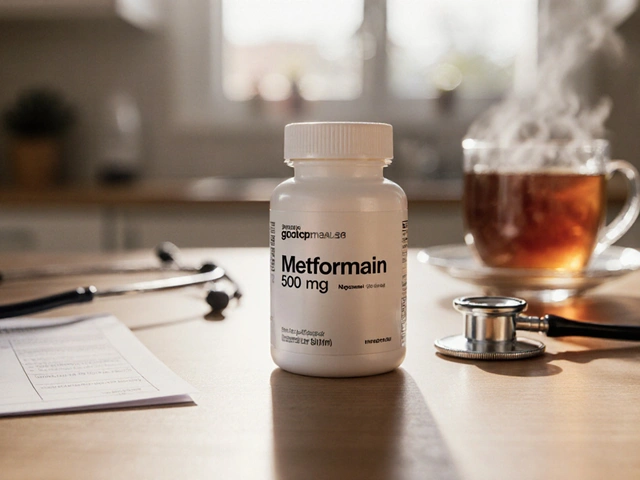Azole Resistance: How Fungi Outsmart Antifungal Drugs
When dealing with azole resistance, the ability of fungi to survive despite exposure to azole class antifungal agents. Also known as azole drug resistance, it poses a serious challenge in treating infections like candidiasis, an infection caused by Candida species and aspergillosis, lung infection from Aspergillus molds. The main culprits behind this problem are resistance mechanisms, genetic mutations, efflux pump overexpression, and biofilm formation that lower drug effectiveness. Understanding azoles, a family of triazole and imidazole antifungals such as fluconazole, itraconazole, and voriconazole is key to tackling the issue.
Key factors driving azole resistance
Azole resistance encompasses several interconnected elements. First, genetic mutations, alter the target enzyme lanosterol 14α‑demethylase, reducing drug binding make the fungus less sensitive. Second, efflux pumps, proteins that actively expel azole molecules from the cell increase the intracellular concentration needed for a therapeutic effect. Third, biofilm formation creates a protective matrix where drug penetration is limited, allowing a subpopulation to survive. These resistance mechanisms influence clinical outcomes, because infections that were once easily cleared now require higher doses, combination therapy, or completely different drug classes. The need for alternative treatment strategies is driven by the fact that many azole‑resistant strains show cross‑resistance to multiple agents in the same class, forcing clinicians to consider agents like echinocandins or amphotericin B. Ongoing research also looks at novel inhibitors that bypass the classic resistance pathways, highlighting the dynamic battle between drug development and fungal adaptation.
Beyond the lab, the real‑world impact of azole resistance shows up in longer hospital stays, higher healthcare costs, and increased mortality, especially in immunocompromised patients. Monitoring resistance trends relies on surveillance programs, regional labs that test clinical isolates for susceptibility and feed data back to prescribing physicians. When resistance rates climb, treatment guidelines adjust, recommending susceptibility‑guided therapy rather than empirical azole use. In practice, this means doctors may start with a rapid diagnostic test, interpret the result, and then select the most effective drug, whether it’s an azole, an echinocandin, or a polyene. For patients, understanding the concept of azole resistance helps set realistic expectations about treatment length and possible side effects. As you scroll down, you’ll find detailed comparisons of specific drugs, insights into dosing strategies, and practical tips for managing infections where azole resistance is a concern. These resources aim to give you a clearer picture of what’s at stake and how to navigate the therapeutic options ahead.
Miconazole’s Role in Treating Invasive Fungal Infections
A clear guide on how miconazole works, its dosing, comparison with other antifungals, resistance issues, and practical tips for treating invasive fungal infections.
read more



